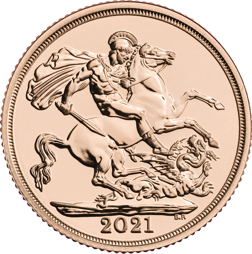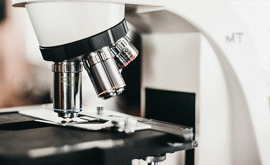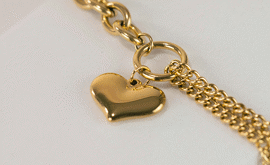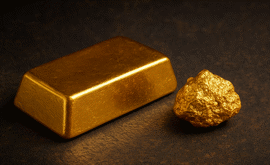Bullion Coins vs Proof Coins: What is the Difference?
What are Proof coins?
Gold and silver Proof coins are high quality coins that feature a high standard of detail, quality, and finish, usually with a limited issue, and are supplied in a presentation box with a certificate. However, ‘Proof’ doesn’t only indicate the quality and finish of the coins, but also the way in which they are produced.
Proof coins are struck more than once, sometimes up to six times, and are treated with special hand-finished dies which are cleaned with air between each coin to ensure no imperfections are caused. This level of extra care and attention ensures that the coins feature sharper detail and a high-quality finish, but this slower method of striking means that no more than around 50 coins can be struck each hour meaning that Proof coins are often scarcer and offer low mintages.
Piedfort Proof coins are a special type of Proof coin which is double the weight and thickness of an ordinary Proof coin.
Proof coins can be struck in gold, silver, and platinum. With their high-quality presentation and scarcity, these coins are generally sought after for their collectable value, as well as their precious metal content.
What are Bullion coins?
Gold and silver Bullion coins are those which are bought by precious metals investors primarily as a store of value for their precious metal content and have a similar finish to circulating coins.
Bullion coins are available in various weights, bear face values and are legal tender. However, these coins hold much more value than their face values due to their precious metal content and are used for investment purposes rather than for everyday buying transactions.
Due to their value being based on the value of the precious metals within rather than collectable value, production of Bullion coins is different from that of Proof coins. Bullion finish coins are able to be struck at a much faster rate of up to 250 gold, and 3,000 silver coins per hour.
Bullion coins can be struck in gold, silver, and platinum. More cost-effective than Proof coins, the premiums for these coins are generally lower, yet are still available in a wide variety of designs from many mints across the world.
Which should I buy?
Whether you should buy Proof or Bullion coins depends wholly on your reasons for buying. If you are looking to buy coins purely for investment, then the more cost-effective Bullion coins could be your best bet. However, if you are looking to pay a little more for a scarcer and high quality coin as a collector, you may decide on a Proof coin or set.
Atkinsons offer a large range of gold Bullion coins, silver Bullion coins, and Proof coins, all with free insured delivery within the UK.
Why Join Our Mailing List?
By signing up, you'll gain access to exclusive updates, early announcements, and tailored insights into the world of bullion and precious metals.

Latest Updates On Bullion

New Releases

Special Offers

Market Analysis
This blog represents one person’s opinion only. Please note, gold and silver prices may go down as well as up. Atkinsons Bullion & Coins accepts no responsibility for any losses based on information we have provided. We do not offer investment advice. Please carry out your own research before making an investment decision.















